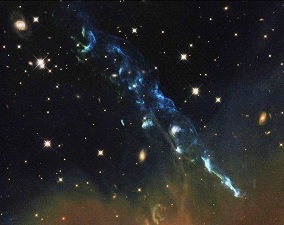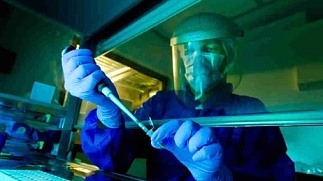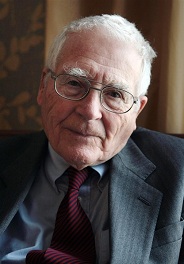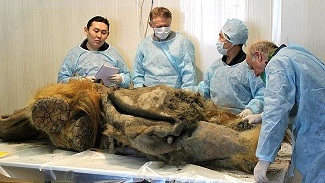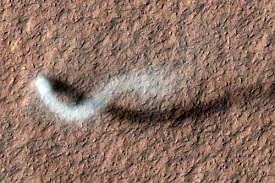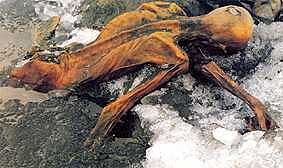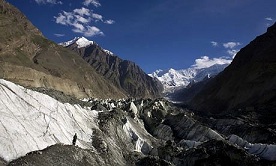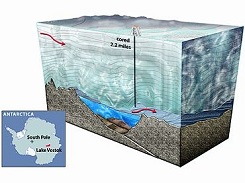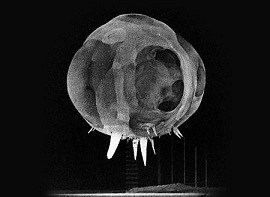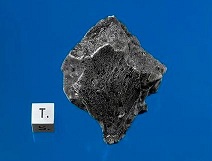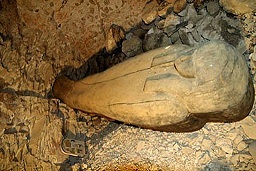 Hubble telescope spies seven galaxies from baby years of universe
Hubble telescope spies seven galaxies from baby years of universe
Astronomers using the Hubble Space Telescope have found seven galaxies that formed relatively shortly after the universe’s birth some 13.7 billion years ago, scientists said on Wednesday, describing them “as baby pictures of the universe.”
One of the objects may be the oldest galaxy yet found, dating back to a time when the universe was just 380 million years old, a fraction of its current age. “These early galaxies represent the building blocks of present-day galaxies,” John Grunsfeld, NASA’s associate administrator for science, told reporters in a conference call. The discovery of galaxies dating back to the universe’s early years should help scientists figure out what happened after the “dark ages,” a period of time about 200 million years after the [supposed] Big Bang explosion when cooling clouds of hydrogen, clumped together by gravity, began to ignite, [allegedly] triggering the first generation of stars. “It was a very important moment in cosmic history,” said astronomer Richard Ellis, with the California Institute of Technology in Pasadena. Scientists do not know exactly when this “cosmic dawn“ occurred and whether it was a single, dramatic event that caused all the galaxies to form their first stars, or whether it happened more gradually over millions of years. The discovery of seven galaxies spanning a period between 350 million and 600 million years after the Big Bang supports theories that the cosmic dawn was a drawn-out affair, with galaxies slowly building up their stars and chemical elements over time, said Brant Robertson of the University of Arizona in Tucson. Astronomers plan follow-up studies after Hubble’s successor, the James Webb Space Telescope, launches in 2018. The research appears in the Astrophysical Journal Letters.





